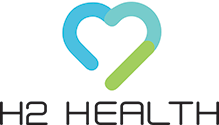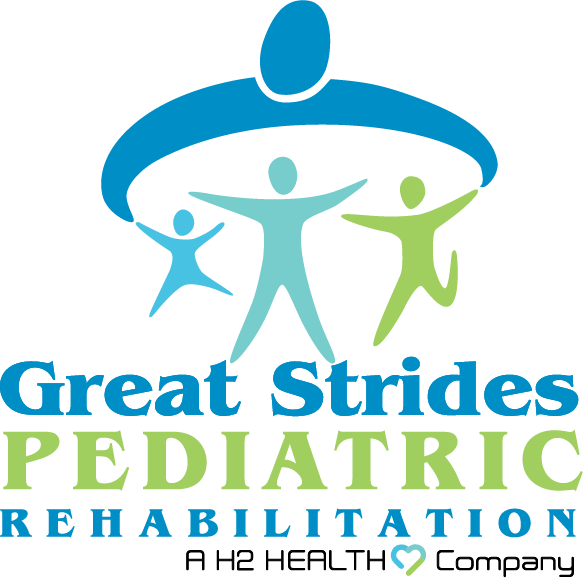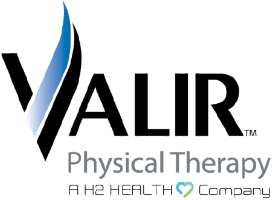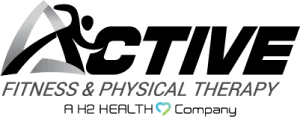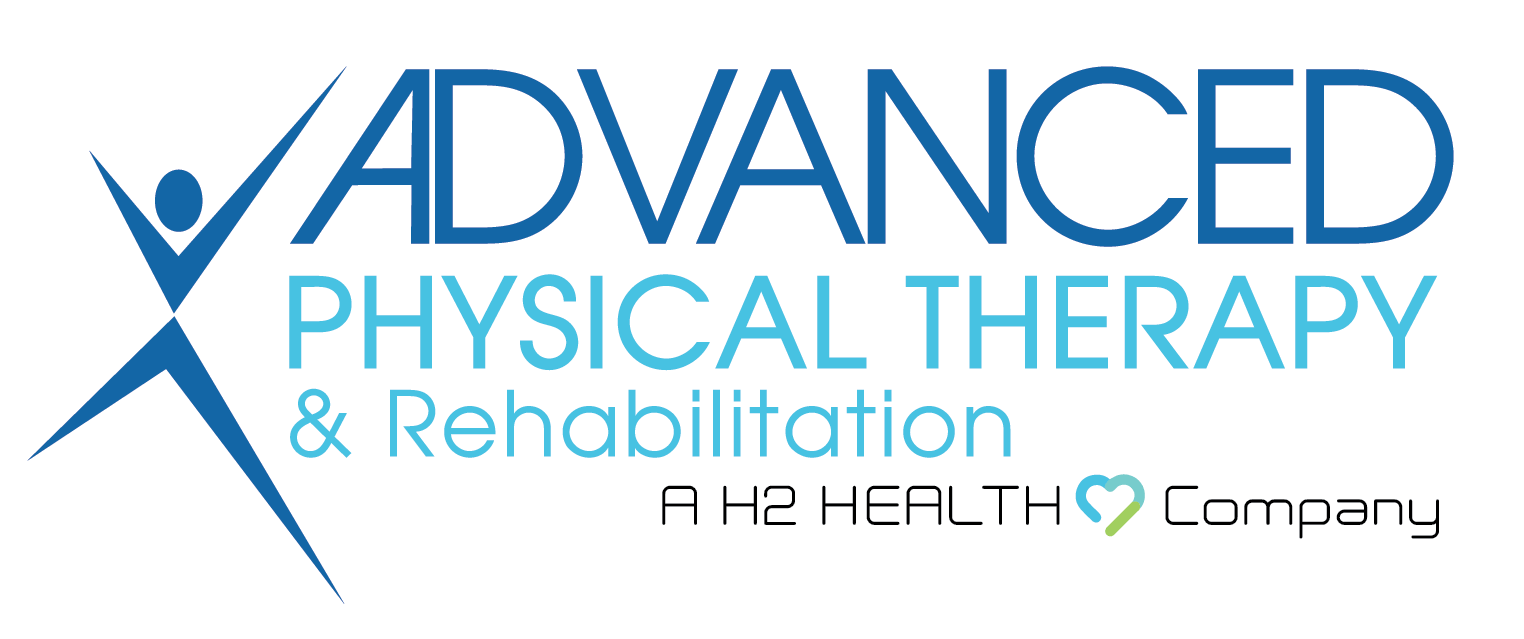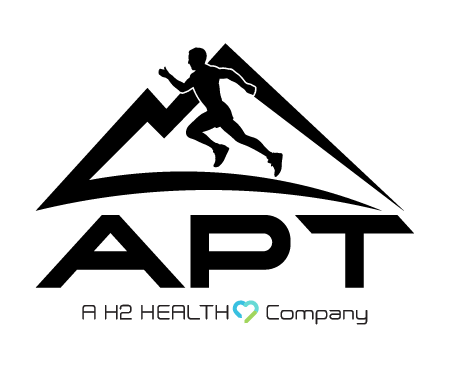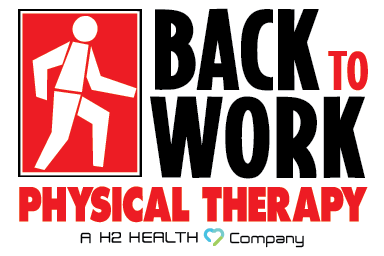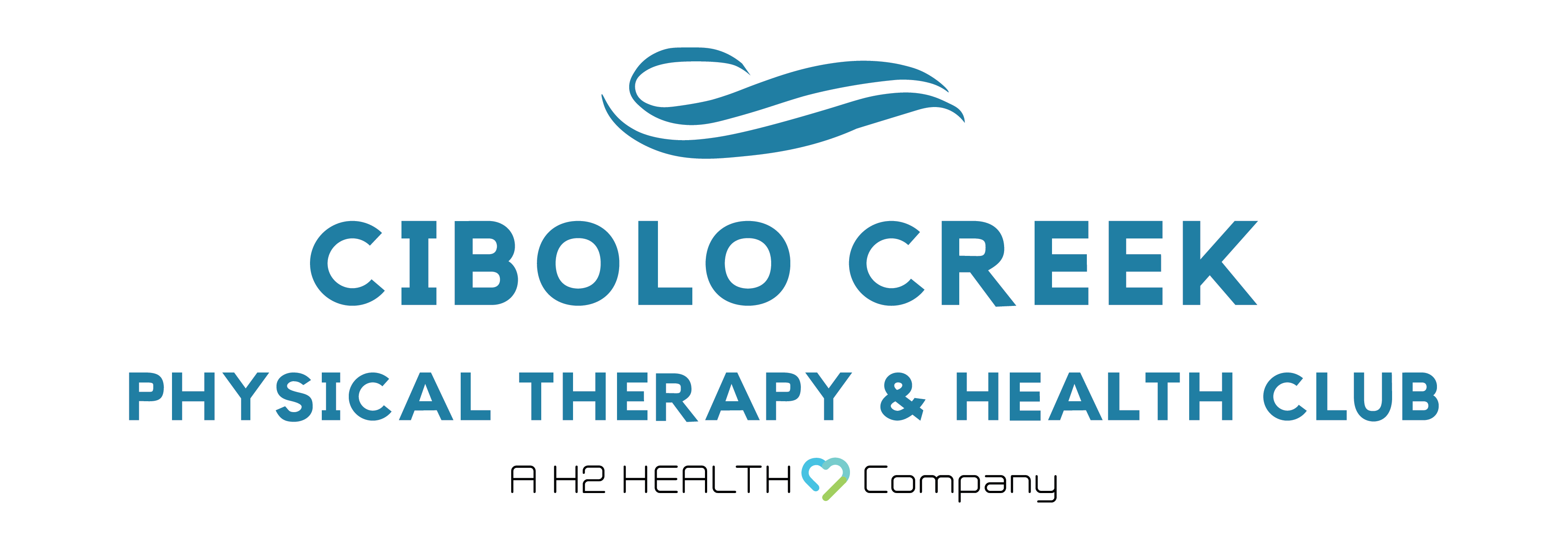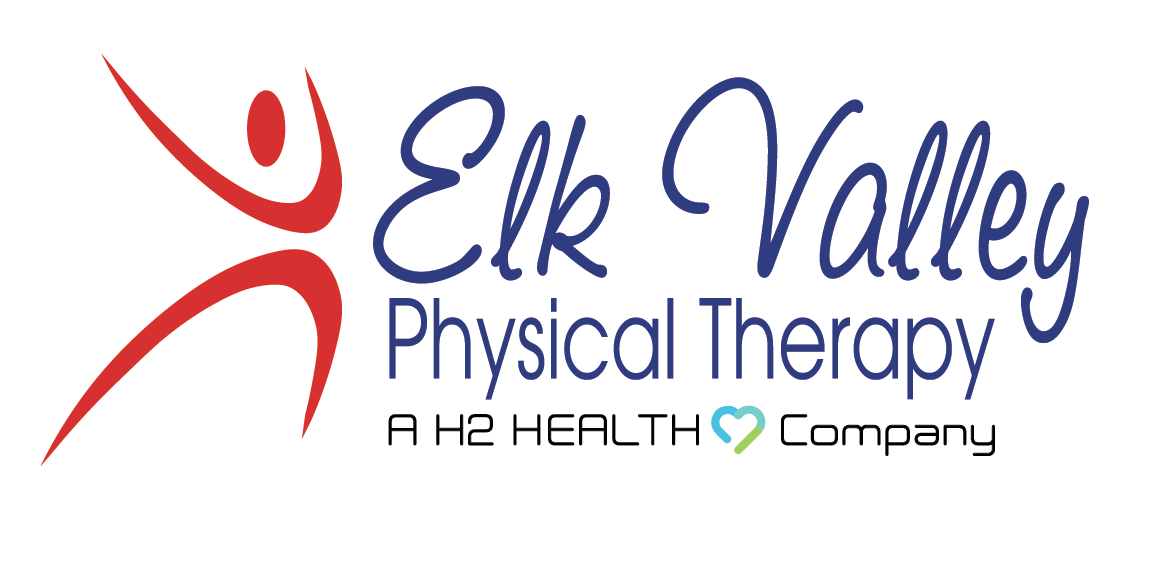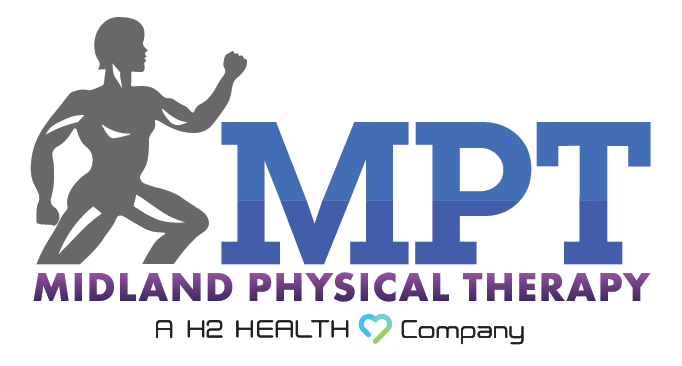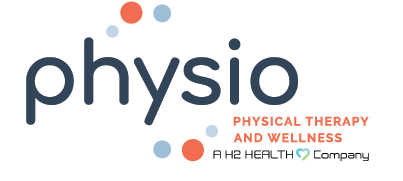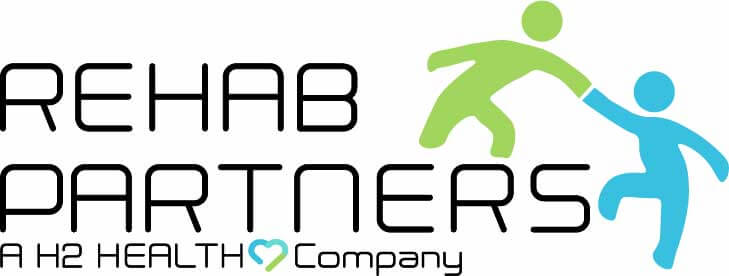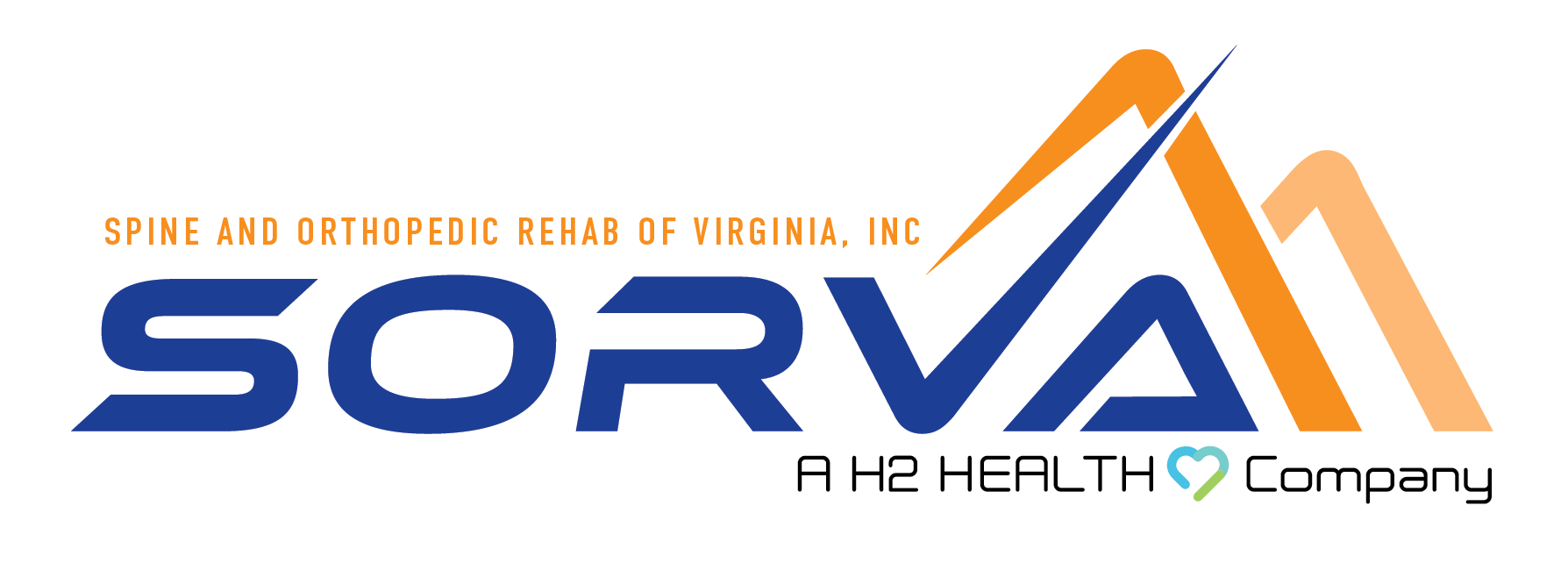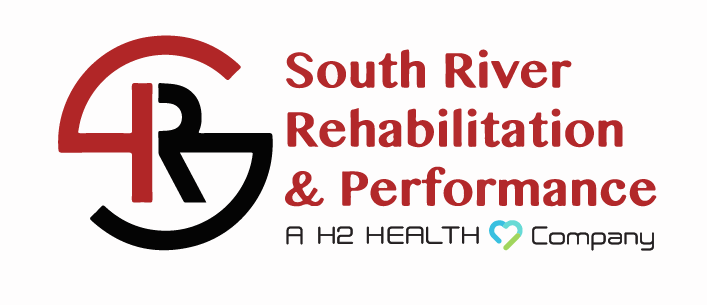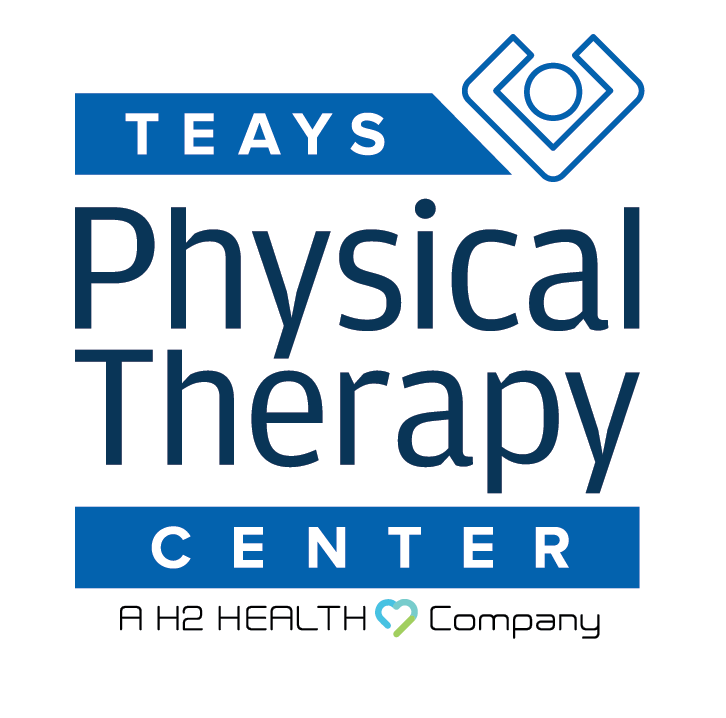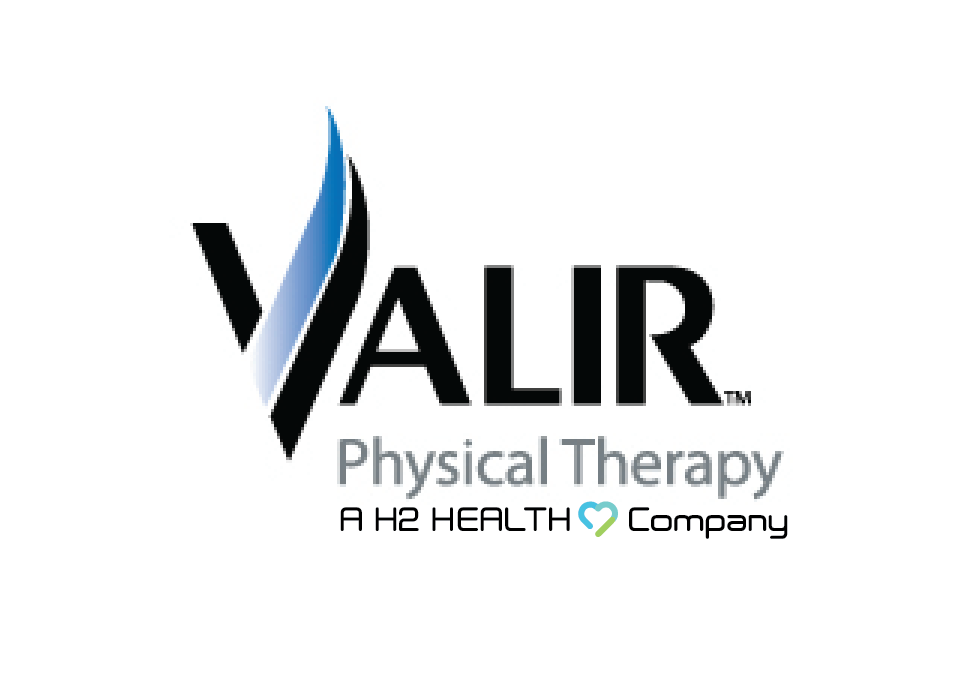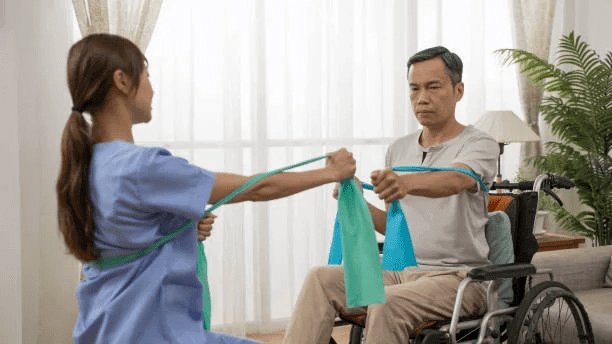
Physical therapy after a stroke is essential for recovery.
When blood flow to the brain is cut off – which happens in a stroke – nerve cells in the brain can die. This type of damage to your central nervous system is downright disabling because it can impair your ability to move, see, speak, or even understand speech. Stroke is the most common cause of this type of disability in adults.
So, why is stroke recovery rehabilitation so important? While you can’t undo the cellular damage in the brain that occurred with the stroke – you can help your brain create new neural pathways that enable you to improve your movement and function. Relearning lost motor skills is no small feat. Physical therapy helps ensure your ability to live independently and can dramatically improve your quality of life.
If you or someone you love has had a stroke, here are three things to know about physical therapy and stroke rehabilitation:
1. Stroke Rehab Should Begin Right Away
Ideally, physical therapy (PT) should begin within 24-48 hours after the stroke occurred. If you have been hospitalized, your PT may begin while you’re still in the hospital. If not, you’re likely to be advised to begin rehab as soon as possible after the stroke.
Research has shown that there may be a window of time, an estimated 3-6 months after a stroke, in which the brain is particularly adaptable to learning or relearning skills. Some even refer to the 90 days after a stroke as the “golden period” of stroke recovery.
Undergoing PT as soon as possible after a stroke can help you regain lost skills and minimize the long-term effects of a stroke. On the other hand, delaying rehab may in fact strengthen bad habits, such as favoring your unaffected arm or leg, which could make stroke recovery even harder and take longer.
2. Specialized Exercises Connect The Body & Brain
Because every stroke is different, your stroke recovery rehab will be unique to how your stroke affected you. In general, stroke rehabilitation is designed to help patients who have had a stroke recover movement and function affected by the stroke. It does this by targeting your muscles and brain simultaneously. This type of twofold stimulation helps healthy areas of the brain rewire themselves so that you can relearn how to move and function in the world.
For example, mirror therapy involves using a mirror to trick your brain into seeing two properly moving arms or legs, while in reality only the good arm or leg is moving. These physical therapy exercises work due to the neuroplasticity of the brain – its ability to forge new neural connections in response to stimuli. Neuroplasticity is how stroke victims are able to recover functions like walking, talking, and using affected limbs after a stroke. Neuroplasticity is your brain’s ability to adapt after an injury, and physical therapy is what triggers and guides this natural ability of your body to heal and function after a stroke.
3. Stroke Rehab Is Focused On “Activities of Daily Living”
Activities of daily living (ADL) are those everyday tasks that are essential to being able to live independently. Being able to carry out activities of daily living is one way your ability to function in the world is assessed. ADLs are typically related to personal care and may require physical and/or mental efforts to complete. ADLs can be relearned after a stroke.
Examples of activities of daily living that may be included in a stroke rehabilitation plan are:
- Bathing or showering
- Eating, swallowing
- Meal preparation
- Personal grooming (e.g., brushing teeth, brushing hair, etc.)
- Dressing and undressing
- Using the toilet
- Getting in and out of a chair or bed
- Doing laundry
- Sexual activity
- Walking
The type of physical therapy included in any stroke recovery plan will depend on the size and location of the stroke, and how it has impacted your ability to function.
Stroke Rehab at H2 Health in FL, GA, TX, and More
At H2 Health, we have more than 135 outpatient facilities in Florida, Georgia, Texas, and many more states. Contact us today to ask about our stroke rehab program and what type of physical therapy you or your loved one will need. We also offer complimentary screenings. Reach out to H2 Health now by calling (800) 699-9395. You can also find the H2 Health location nearest you and request an appointment now.
